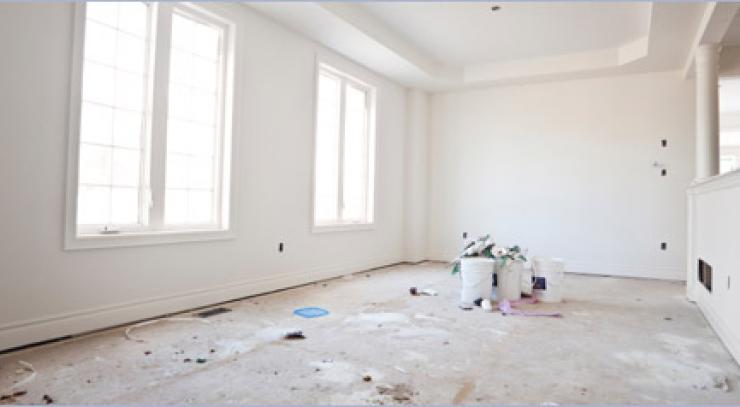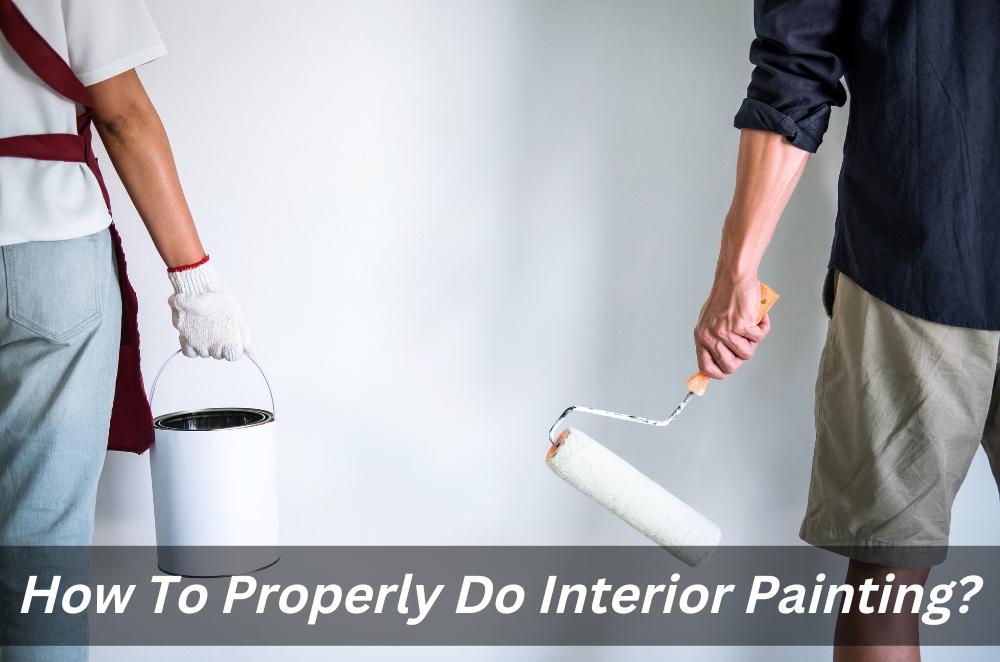Whether you're renovating your home or simply replacing worn door hardware, properly installing door knobs and levers is crucial for convenience, security and longevity.
With many styles available to choose from including modern glass knobs, traditional brass levers or ornate Victorian designs, selecting the right knob or lever variety suited for your door type is important.
Door handles come in many material options as well such as metal, wood, or composite to match your individual home's aesthetic needs. From external entry doors requiring higher durability against weathering, to internal bedroom and bathroom doors with privacy needs, door handles play an integral daily role in home functionality and accessibility.
With correct installation following some basic tips, you can ensure your door knobs and levers will safely and smoothly operate for many years of regular use.
Tools and Materials Needed for Installation
Every installation job requires gathering the proper tools and materials necessary for success. Having the right tools simplifies the process, while ensuring you have all required parts and avoids unnecessary return trips to the hardware store.
Essential Tools for the Job
According to Sydney based residential locksmiths insights A few basic tools are essential for successful door knob and lever installation. A screwdriver like a phillips or flathead is needed for removing existing hardware and attaching new pieces.
You'll also require a tape measure to accurately check door thickness, hole dimensions and backset spacing as these measurements are critical for a secure fit.
A spirit level helps to ensure any new wall-mounted latch plates are horizontally aligned. Safety glasses are recommended protective eyewear when working with small parts and tools. Additional tools may include a hammer, nails or shims depending on your specific door's conditions.
- Screwdrivers (both flat head and Phillips head types)
- Tape measure
- Spirit level
- Safety glasses
Materials Checklist
The key materials needed of course are the new door knob or lever set suited for your door thickness, type and security needs. A latch assembly which consists of the latch mechanism itself along with the necessary mounting screws and strike plate to secure to the door frame is also required.
It's convenient to purchase complete door hardware packages containing all these essential components to simplify installation.
Check that your chosen set contains the latch, knob/lever, screws and strike plate. Having spare latches on hand allows for easy future replacements too if needed.
Additional materials may include wood shims or filler, threadlock for screws and silicone-based lubricant for smooth operation - so reviewing all included parts against the instructions is recommended.
- Door knob/lever set
- Latch assembly with mechanism and strike plate
- Mounting screws
- Spare latch (optional but recommended)
Step-by-Step Guide to Installing Door Knobs and Levers
Installing new door knobs or levers requires working through a series of logical steps. By breaking the process down into these stages, even rookie DIYers can confidently complete the project.
Preparing the Door
The first job in any installation project is preparing the surface area. For doors, this involves carefully inspecting the existing bore holes and latch area for any dirt, chips or rough edges that may hinder the new parts fitting properly. Light sanding with fine-grit sandpaper can smooth over minor flaws.
Measure the distance between the edge of the door to the centre of the bore holes, known as backset. This confirms the backset requirement which lever and knob types are designed to. Test fitting may be needed against templates in instruction booklets.
Use a spirit level horizontally across the top and bottom door edges to check for any warp that requires minor planing with a hand plane prior to installation. Marking pencil lines indicating the new latch position also helps guide placement.
Fitting the Latch and Strike Plate
Now it's time to fit the internal latch mechanism and external strike plate. Insert the new latch fully into the routed door edge, pushing it backwards until both mounting tabs are flush to the wooden surface. Attach the screws hand-tight initially to allow for minor adjustments.
Turn attention to the strike plate which secures into the door frame opposite the latch. Measure to centre it over the bore hole then use pencil marks as a guide for square alignment before securing screws. Test the door opening and closing as you work to check for smooth operation without interference at each stage.
Attaching the Knob or Lever
With the internal mechanism fitted, you can now mount the decorative external knob or lever hardware. Often colour matched to your design style, these serve as the part grasped during door usage.
Most sets feature an extendible spindle connecting inner and outer components. Insert spindles through respective bores while holding knob/lever pieces aligned as intended. Secure with mounting screws, being careful not to overtighten to avoid cracking or splitting the surrounding wooden surface.
Continue checking proper fit and function as you progress.
Final Adjustments and Testing
Take time at the end to thoroughly check over each installed part for correct positioning, smooth movement, and that everything is securely fastened yet not over-tightened.
Operation testing helps identify any small changes that may still be needed, such as adding wood shims under strike plate for a consistent closure gap. Once you're fully satisfied with the finished installation job, sit back and enjoy your newly functioning door hardware.
Proper doorknob installation avoids future problems and ensures convenient home access for many years.
Common Installation Errors and How to Avoid Them
Even experienced DIYers can fall victim to common mistakes when installing door knobs and levers. Taking time to learn from typical errors saves future hassle and ensures jobs are done right.
Incorrect Measurements
Precise measuring is vital yet often overlooked during installations by both DIY homeowners and some installers in a hurry. Even minor discrepancies of just a few millimetres can cause fitting issues later on.
Always double check all measurements against templates and old hardware if replacing. Carefully re-check door edge bore holes align with knob/lever centres before screwing fully. Using a reliable steel tape eliminates reading mistakes versus cloth types prone to stretching. Taking your time with accuracy leads to better results.
- Re-check all measurements twice
- Compare new against old hardware
- Use steel rather than cloth tape measures
Improper Alignment
When installing wall-mounted hardware pieces like latches and strike plates, achieving square alignment is crucial. These components must sit precisely facing each other for proper connecting function.
Use a combination of straight edge guides, spirit levels and pencil marks for positioning assistance. Errant fittings may scrape or stick during opening and closing instead of latching smoothly. Don't rush this important step for secure door usage.
- Set components square to each other
- Use spirit level on latch plates
- Mark hinge and strike plate positions
Over-tightening Screws
Resist the temptation to overly crank mounting screws no matter how slight the turn may feel. Over torquing damages surrounding materials through stripping threads or indentation that can spread cracks over time from pressure points. Screws should sit just fingertip tight, not using power tools.
Check each one individually instead of crossing types which may impact tightly in an uneven pattern. Go gently for longevity.
- Finger tighten screws only, no power tools
- Check each screw sits evenly
- Don't over stress materials from too much force
Conclusion
With some care put into preparations like measurement accuracy, alignment techniques and avoiding common mistakes, homeowners can gain confidence in undertaking their own door knob and lever installations. Correct fitting leads to years of convenient access through smoothly operating hardware.
Don't hesitate to consult professional help from a qualified locksmith business such as Clockwork Locksmiths if needed, especially for complex commercial door types. Our team of fully licensed technicians provides trusted solutions across a range of residential lock and key services to keep your property secure 24/7 around Sydney and beyond.





























